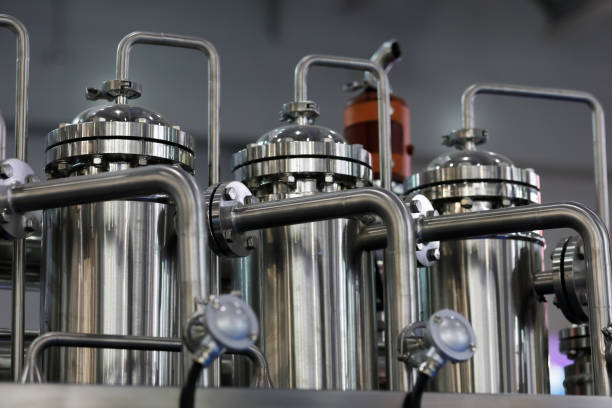When it comes to ensuring safe and quality water at home, homeowners often find themselves confused between a water softener and an RO (Reverse Osmosis) plant. While both systems improve water quality, their purposes, processes, and benefits are entirely different. Choosing the right one depends on your water source, usage, and health concerns.
Understanding the Basics
What is a Water Softener?
A water softener is a device designed to remove hardness-causing minerals such as calcium and magnesium from water. It uses an ion-exchange process to replace these minerals with sodium or potassium ions, resulting in soft water. This helps in preventing scale buildup on appliances, improves soap lathering, and extends the life of plumbing systems.
What is an RO Plant?
An RO (Reverse Osmosis) plant purifies water by forcing it through a semipermeable membrane that filters out impurities, salts, heavy metals, bacteria, and dissolved solids (TDS). RO systems are ideal for converting contaminated or high-TDS water into safe drinking water.
Key Differences: Water Softener vs. RO Plant
| Feature | Water Softener | RO Plant |
|---|---|---|
| Main Purpose | Removes hardness (calcium & magnesium) | Removes TDS, bacteria, and chemicals |
| Drinking Water Use | Not suitable | Suitable |
| Target Contaminants | Hardness minerals | TDS, fluoride, arsenic, lead, etc. |
| Water Taste | No major change | Improves taste |
| Appliance Protection | Yes | Limited |
| Water Pressure Required | Low | High |
Which One Does Your Home Need?
Choose a Water Softener if:
Your water has high hardness levels (white spots on dishes, scale in pipes).
You face skin and hair issues due to hard water.
You want to increase the lifespan of geysers, washing machines, and faucets.
Choose an RO Plant if:
You get borewell water or municipal supply with high TDS.
You are concerned about health risks from dissolved impurities.
You want water that’s safe and good-tasting for drinking and cooking.
Can You Use Both Together?
Yes! In areas where water is both hard and highly contaminated, many households install both systems. A water softener can be connected to the main supply for general use, while an RO system is installed in the kitchen for drinking water.
Conclusion
There’s no one-size-fits-all answer. A water softener is excellent for protecting appliances and improving water feel, while an RO plant ensures safe drinking water. Understanding your local water quality through testing is the first step toward choosing the right solution.
Still confused? Get your water tested and consult a professional to make the best decision for your home and health.


Leave A Comment